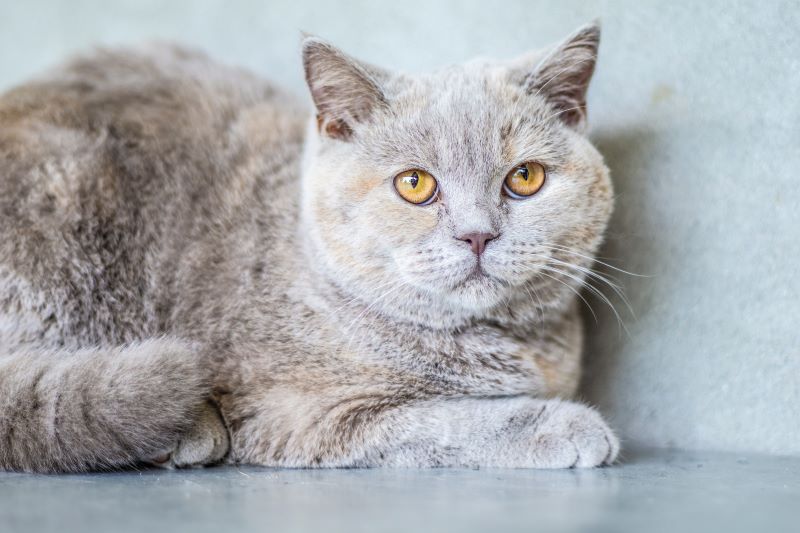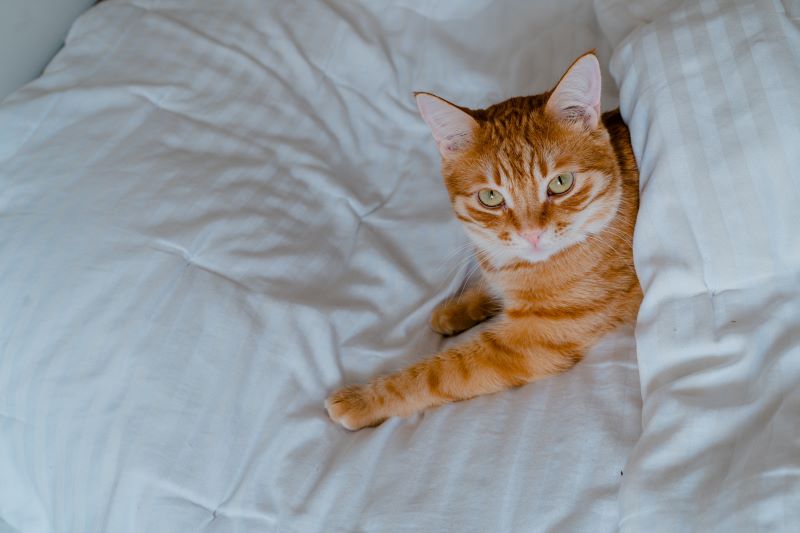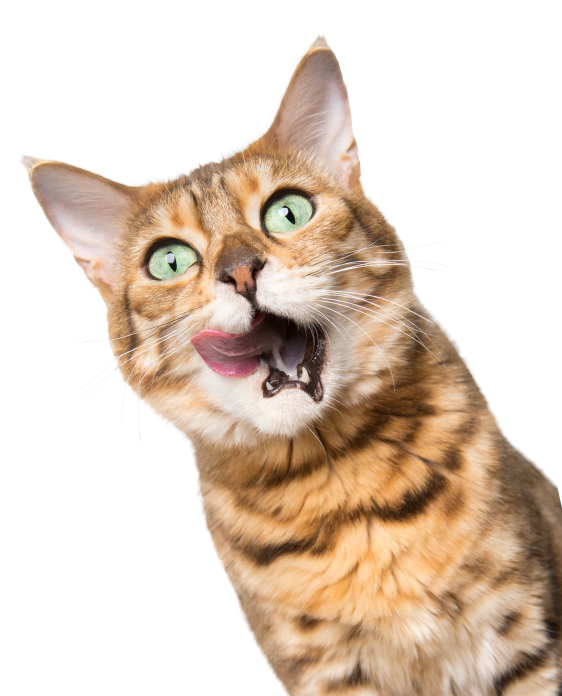What is Kidney Failure in Cats?
By: Trupanion Staff / Updated June 9, 2023
As cats age, body functions slow down and organs can begin to fail. Chronic renal failure (CRF) is degeneration of kidney function that has been present for more than 3 months. Kidney failure in cats is a common illness of older felines as well as one of the leading causes of death in geriatric cats. If CRF is diagnosed early in the course of disease, appropriate management techniques can be implemented to add months—possibly even years—of quality time to the lives of affected cats.

How kidneys work
Approximately 25 percent of your cat’s blood is sent directly to the kidneys with each heartbeat. As blood flows through the kidneys, they perform many important jobs, such as:
- Removing waste materials
- Regulating calcium and phosphorus
- Maintaining hydration
- Regulating blood pressure
- Balancing electrolytes
- Stimulating bone marrow to produce red blood cells
When the kidney failure in cats occurs, these important mechanisms also falter, with significant ramifications to a cat’s health.
How does kidney failure in cats occur?
There are two types of kidney failure in cats:
- Acute renal failure, the sudden failure of kidney function and is usually preceded by an infection, toxin, or traumatic event.
- Chronic renal failure is usually seen in older cats, or can caused by cancer. There is some support that chronic dental disease with inflammation may be associated with CRF, and this is likely seen more in older cats.
- Some causes of CRF occurring in younger cats would be familial and congenital renal disease, drugs, kidney stones, or kidney infection. Often veterinarians don't know the cause of CRF due to a late diagnosis.
Signs of kidney failure in cats
Since the kidneys perform a variety of functions, signs of kidney failure in cats can vary greatly from patient to patient. Unfortunately, the early stages of CRF often go unrecognized until the condition is in its end stages — some owners may notice no difference in their cat, while other cats may exhibit subtle signs that slowly worsen over time. It is not until about 75 percent of kidney function is lost that most cats exhibit signs of disease. At this point, cats often present with sudden, severe signs of CRF. Sadly, so much kidney function has been lost by then that the prognosis can be poor, even with aggressive treatment.
Be on the lookout for these changes in your cat:
- Increased thirst
- Increased urination
- Nausea or vomiting
- Diarrhea or constipation
- Frequent urinary tract infections
- Ulcers on the tongue or gums
- Weight loss
- Weakness
- Pale gums
- Abnormal odor to your cat’s breath
- Decreased appetite

How is kidney failure in cats diagnosed?
Most commonly, kidney disease is diagnosed through routine bloodwork or during a sick pet visit. Similar to demonstration of clinical signs, it is not until 75 percent of kidney function has been lost that changes are seen on lab tests.
CRF does not progress in some cats and the prognosis is considered poor to good. Fortunately for our feline friends, more advanced testing has been developed that may allow detection of CRF when only 25 percent of kidney function has been lost — allowing many pets to live longer, healthier lives. Lab work, along with an exam twice per year evaluating kidney function, should be performed in senior cats (7 years or older). A lot can change in a few short months, and early detection is critical in providing the best management for cats with CRF.
In addition to bloodwork, urine testing will reveal how well the kidneys are concentrating urine, if protein is leaking into the urine, or if a urinary tract infection is present.
Regular wellness checks should also include blood pressure measurement. Since the kidneys help regulate blood pressure, hypertension is common in cats with CRF. If high blood pressure is ignored, severe health issues, such as sudden blindness, can occur.
Your veterinarian may also recommend diagnostic imaging, such as X-rays or ultrasound, to determine the size of your cat’s kidneys, check for urinary blockages, and investigate any other abnormalities that may help make a diagnosis of CRF.
Can kidney failure in cats managed?
Once the severity of kidney failure in cats is determined, a treatment plan can be formulated. Multimodal treatment — addressing the disease from multiple angles — is used to best manage each case.
- Fluid therapy is the cornerstone of managing CRF. To quickly stabilize and rehydrate a cat in kidney failure, fluids are often first administered in the hospital through an IV catheter. After the cat is more stable, fluids can possibly be given under the skin at home on a routine basis.
- Therapeutic/Prescription kidney diets are typically high in calories, low in phosphorus and sodium, with increased potassium and are enriched with antioxidants and omega-3 fatty acids to support kidney health. They also usually have reduced protein levels. Protein restriction used to be recommended, but geriatric pets have higher protein requirements as they age, so withholding protein may actually lead to weight loss and muscle wasting. Feeding high-quality protein may help prevent these issues and even extend life. However, ultimately you want to feed a food that your cat will eat and this may mean considering other options.
- Increased water intake can help maintain hydration and help the kidneys eliminate harmful toxins. Water fountains or dripping faucets may be used to entice cats to drink clean, fresh water all day long.
- Regular veterinary examinations are needed to monitor the status of kidney disease. CRF is often a progressive disease — the condition will worsen as time passes, and new complications can arise. Routine checkups ensure that new symptoms are managed as they develop to help maintain the cat’s quality of life. This also allows for evaluation of possible complications of CRF including systemic hypertension, anemia, urinary tract infections and dental disease.
Protect your cat now against health emergencies
Having a medical insurance policy for your cat can alleviate much of the stress of managing a condition like CRF. If you’re still unsure about the benefits of pet medical insurance, check out the number one condition Trupanion covers in cats. That’s right — kidney disease tops the list. A pet medical insurance policy can allow you to rest easier and focus on your cat’s health — rather than your finances — if your beloved feline falls victim to this common disease.



